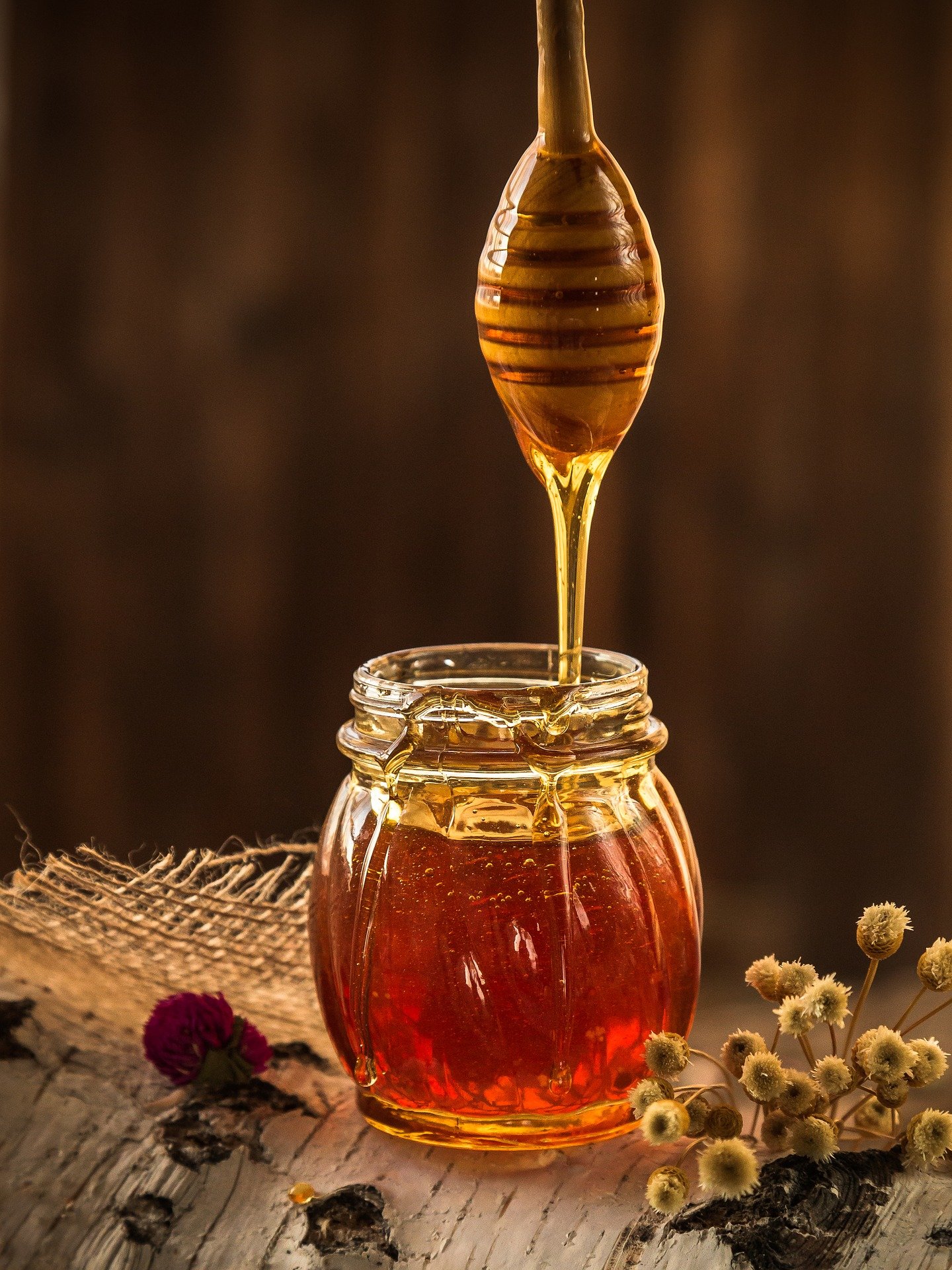It’s the futuristic year 2024! Where is the power loom that natural philosophers have been promising me? What’s that? Edmund Cartwright already made one? In 1785? And it revolutionized industrial weaving? Sorry, it’s been so long since the last Saturday post that I’ve completely lost track of the progress of science. Here are a few stories to launch into the new year.
Researchers at the University of Southern California are now just straight-up reporting that people with hearing loss who use hearing aids have a 24% lower risk of overall mortality. The researchers identified 10,000 adults from the National Health and Nutrition Examination Survey who completed audiometry evaluations and answered questions about hearing aid use.
“We found that adults with hearing loss who regularly used hearing aids had a 24% lower risk of mortality than those who never wore them,” said Janet Choi, MD, MPH, the study’s lead researcher. “These results are exciting because they suggest that hearing aids may play a protective role in people’s health and prevent early death.”
U.S. honey yields have been in decline since the 1990s, and researchers have been trying to understand why. Is it pesticide use? The decline in floral biodiversity? Sticky-pawed bears? Researchers at Pennsylvania State University analyzed databases operated by a number of government departments and built a corpus of data for all 50 states over a 50-year span.
They found reduced honey yield correlated with herbicide application and land use policies that don’t include pollinator support. Among their findings, states with both warm and cool regions had higher honey yields, and local soil productivity was surprisingly useful in estimating honey yield.
2024-01-08 09:00:05
Link from phys.org rnrn















